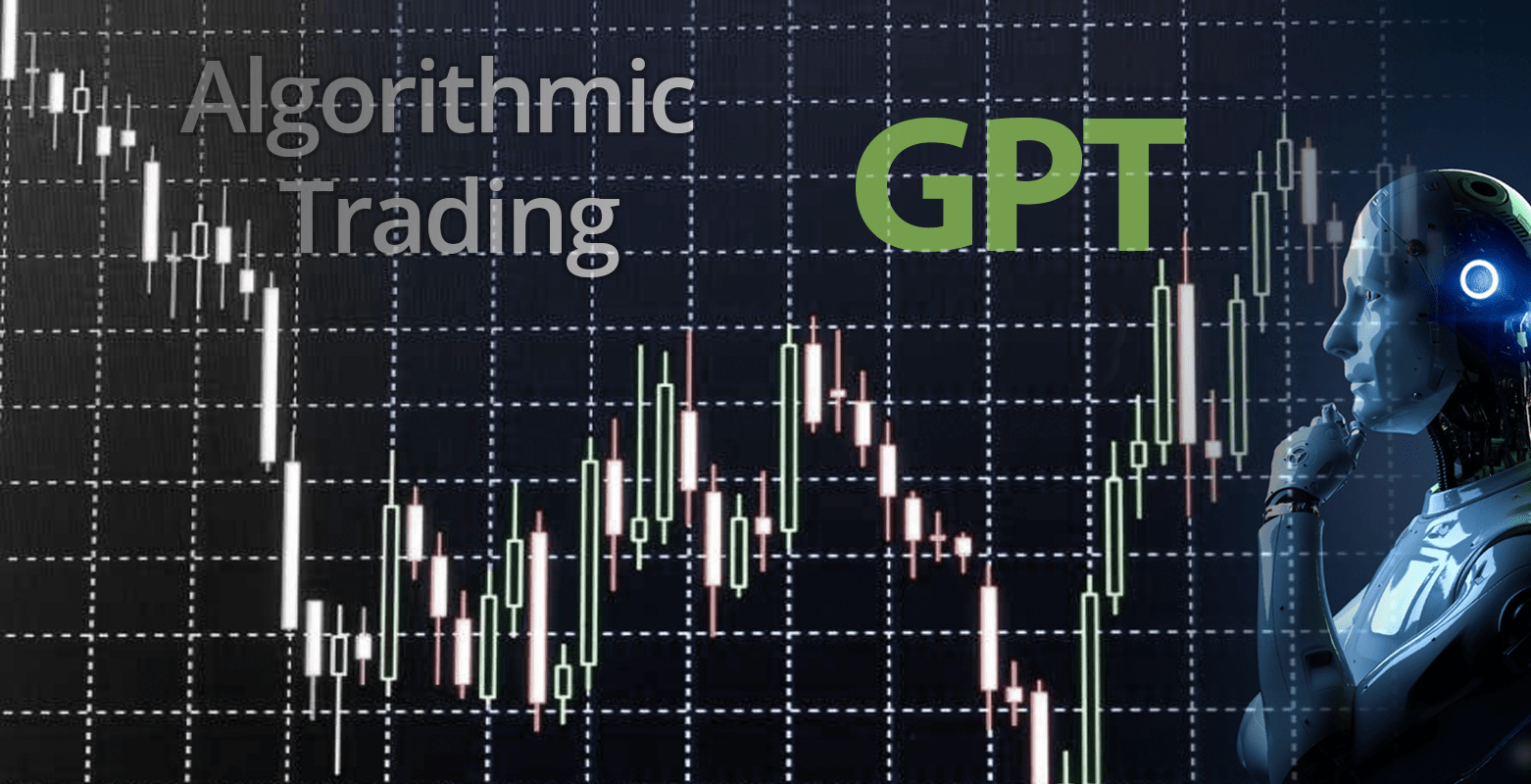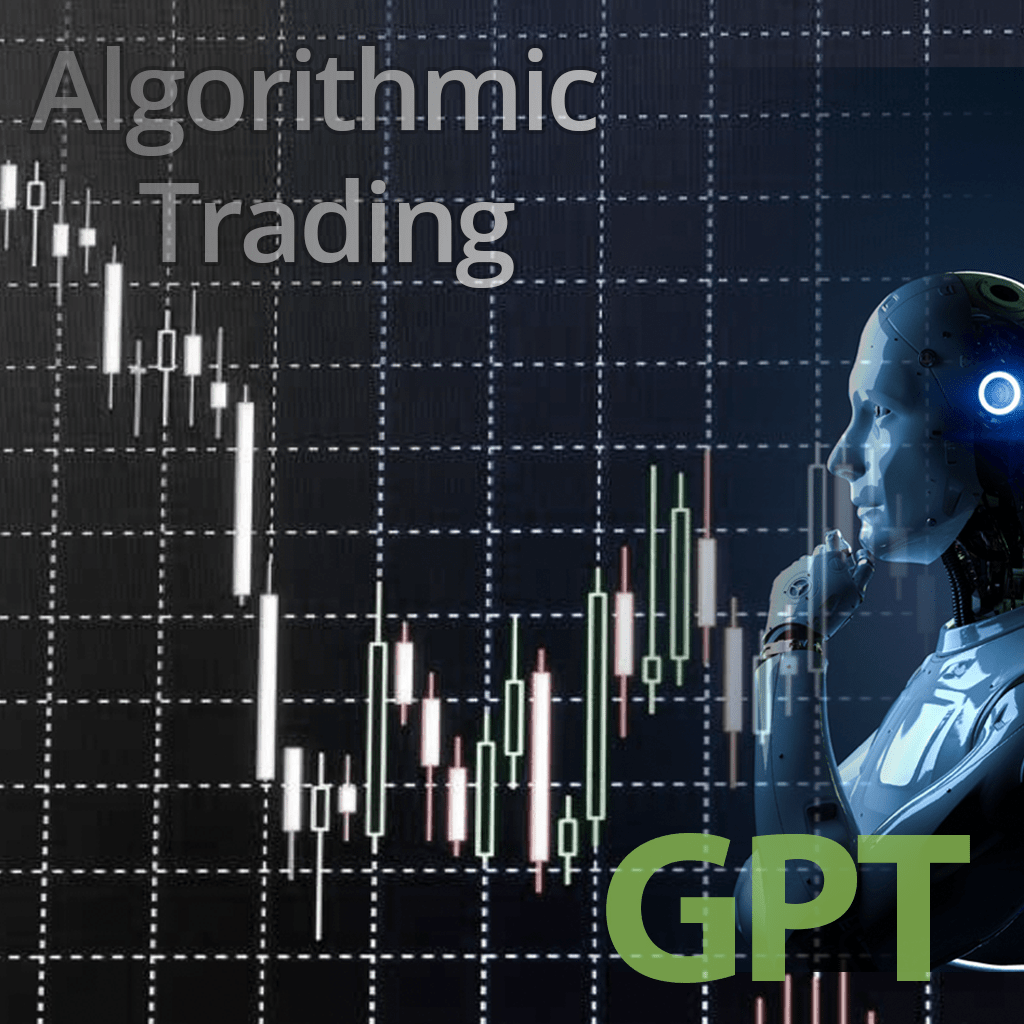

In recent times, the integration of artificial intelligence (AI) into financial markets has brought a paradigm shift, with algorithmic trading emerging as a key application area. Among the myriad AI models, the application of Generative Pre-trained Transformers (GPT) in algorithmic trading stands out. Research done by AI team at IIQF®️ has shown that GPT, renowned for its natural language processing capabilities, has considerable adaptability in deciphering intricate market patterns and trends.
The applicability of GPT in algorithmic trading is based on the model's capacity to comprehend vast datasets and discern subtle market patterns. GPT's underlying transformer architecture allows for adaptive learning, enabling algorithmic trading systems to continuously refine their strategies based on evolving market conditions. This adaptability is particularly valuable in dynamic markets, where traditional models may struggle to keep pace with changing trends. GPT's proficiency in NLP is leveraged for market sentiment analysis by analyzing financial news. GPT can gauge market sentiment and factor it into trading algorithms. By leveraging GPT's predictive prowess, algorithmic trading systems can make better informed decisions, optimize trading strategies, and adapt swiftly to dynamic market conditions.
Understanding GPT Transfer Models
- GPT Architecture Overview: GPT models, developed by OpenAI, are transformer-based models known for their ability to generate human-like text. They are pre-trained on vast amounts of text data and fine-tuned for specific tasks.
- Transfer Learning in Algo Trading: In the context of algo trading, GPT transfer learning involves fine-tuning pre-trained GPT models on financial data to perform tasks such as sentiment analysis, forecasting, and strategy generation.
- Data Preprocessing for GPT Models: Quality data preprocessing is crucial for effective GPT-based trading strategies. Cleaning and normalising financial data ensure accurate model predictions.
- Fine-tuning Strategies: Selecting the right architecture, hyperparameters, and training data are key factors in fine-tuning GPT models for algo trading. Experimentation and iteration are vital for optimising performance.
- Continuous Learning and Adaptation: Algo trading environments are dynamic. Regularly updating and retraining GPT models with fresh data enables adaptation to changing market conditions.
Implementing AI in Algo Trading: Tips and Best Practices
- Define Clear Objectives: Clearly define the trading objectives, whether it's maximising returns, minimising risk, or achieving a specific benchmark.
- Data Quality Matters: Ensure high-quality, reliable data inputs. Garbage in, garbage out applies here; poor data quality can lead to erroneous trading decisions.
- Backtesting and Validation: Rigorous backtesting and validation are indispensable to evaluate the performance of AI-driven trading strategies. Historical performance does not guarantee future success, but it provides valuable insights.
- Risk Management Framework: Implement robust risk management protocols to mitigate potential losses. This includes setting stop-loss thresholds, position sizing strategies, and stress testing models.
- Continuous Monitoring and Optimization: Markets evolve, and so should trading strategies. Continuously monitor model performance and adjust parameters accordingly to stay competitive.
Risk Management Strategies in AI-driven Algo Trading
- Diversification: Avoid over-reliance on a single trading strategy or asset class. Diversifying across multiple strategies and instruments helps spread risk.
- Position Sizing and Leverage Control: Properly size positions and manage leverage to limit exposure and prevent catastrophic losses.
- Stop-loss Mechanisms: Implementing stop-loss orders helps cut losses and preserve capital during adverse market movements.
- Stress Testing and Scenario Analysis: Simulate extreme market scenarios to assess the resilience of trading strategies under adverse conditions.
- Contingency Planning: Have contingency plans in place for unexpected events, such as system failures or market disruptions, to minimise downtime and financial impact.
Ethical Considerations and Regulatory Compliance
- Fairness and Bias: Guard against biases in AI models that may perpetuate inequalities or exploit market inefficiencies unfairly.
- Transparency and Interpretability: Strive for transparency and interpretability in AI-driven trading models to enhance trust and facilitate regulatory compliance.
- Regulatory Compliance: Stay abreast of regulatory requirements and ensure compliance with applicable laws and regulations governing algorithmic trading activities.
- Data Privacy and Security: Safeguard sensitive financial data and adhere to data privacy regulations to protect against unauthorised access or misuse.
- Social Responsibility: Consider the broader societal impacts of algorithmic trading and act responsibly to minimise negative externalities.
FAQs for Aspiring Quantitative Analysts
1. What is the role of AI in algorithmic trading?
- AI, particularly NLP models like GPT, enables traders to analyse vast amounts of unstructured data with speed and accuracy.
- It assists in identifying patterns, trends, and correlations in market data that human traders might overlook.
- AI algorithms can execute trades autonomously based on predefined criteria, optimising trading strategies and minimising human error.
2. How does GPT enhance decision-making in algorithmic trading?
- GPT can interpret complex financial documents, news articles, and social media sentiments, providing valuable insights for trading decisions.
- Its ability to generate human-like text allows for the creation of predictive models, forecasts, and sentiment analysis, aiding in risk management and portfolio optimization.
- By continuously learning from new data, GPT can adapt to changing market conditions and refine trading strategies over time.
3. What are the potential risks associated with AI in algorithmic trading?
- Overreliance on AI models without human oversight can lead to unforeseen consequences and catastrophic losses during extreme market conditions.
- Biases present in training data or model architecture may result in inaccurate predictions or unethical trading practices.
- Cybersecurity threats, such as data breaches or manipulation of AI algorithms, pose significant risks to the integrity of trading systems.
4. How can aspiring quantitative analysts leverage AI in their career development?
- Gain proficiency in programming languages like Python and R, as well as machine learning frameworks such as TensorFlow and PyTorch.
- Acquire knowledge of statistical analysis, time series forecasting, and quantitative finance concepts to effectively apply AI techniques in algorithmic trading.
- Stay updated with advancements in AI research and financial market trends through continuous learning and participation in relevant industry conferences and workshops.
5. What resources are available for learning about AI in algorithmic trading?
- Online courses, books, and tutorials offered by educational platforms like Coursera, Udacity, and Khan Academy provide comprehensive coverage of AI and its applications in finance.
- Open-source libraries and repositories, such as QuantLib and TensorFlow Finance, offer practical tools and code examples for implementing AI-based trading strategies.
- Networking with professionals in the field through online forums, LinkedIn groups, and local meetups can provide valuable insights and career opportunities in quantitative finance and algorithmic trading.
Elevate Your Algo Trading Game with IIQF®️
Embark on your journey to mastering algorithmic trading with IIQF®️. Explore cutting-edge AI and GPT transfer models to gain a competitive edge in the financial markets. Equip yourself with the knowledge and skills needed to thrive in the ever-evolving landscape of quantitative finance.
Unlock the potential of AI in algo trading with IIQF's comprehensive courses. Join us today and pave the way to a successful career in quantitative finance.